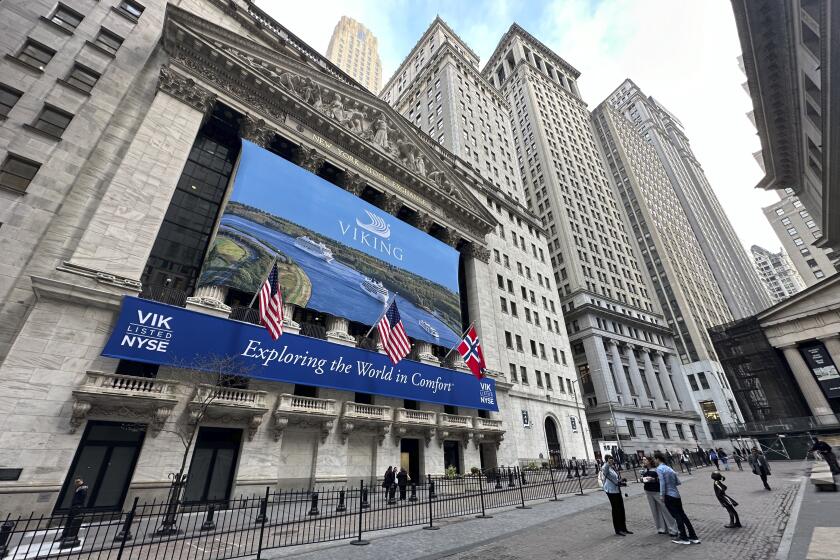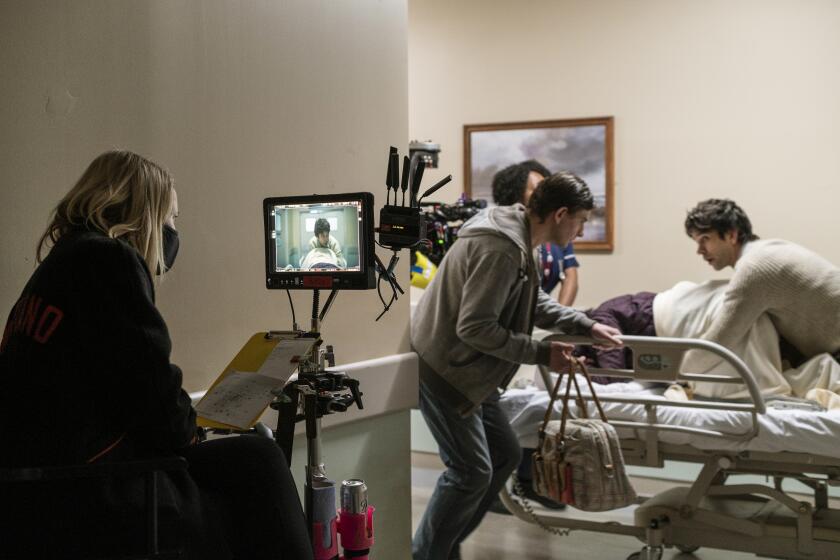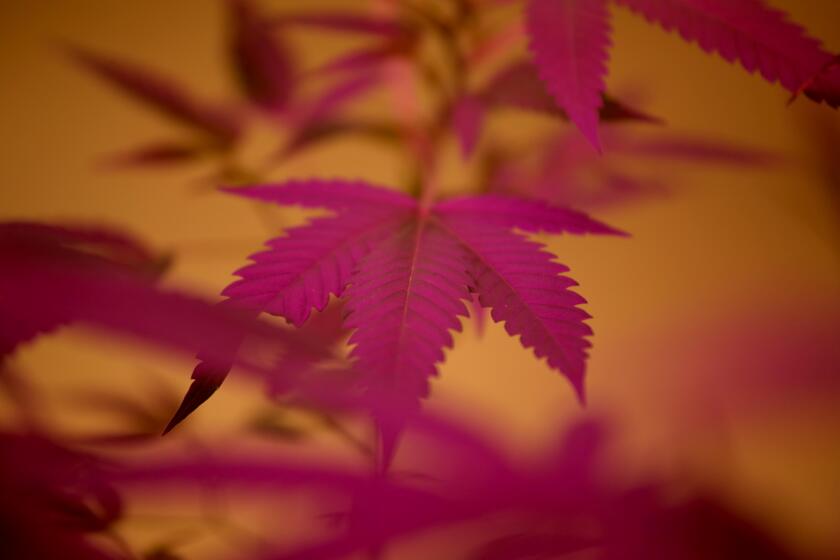Bank tries to pass the (fake) buck back to customer
When it comes to counterfeit cash, the game is basically hot potato. Whoever gets stuck with it last gets burned.
Unless, that is, the final recipient is a major bank. In that case, the bank is apparently entitled to throw the spud back at you.
Sherman Oaks residents Scott Krier and Doug Day discovered this recently when a bogus $100 bill happened to pass through their hands. The funny money ended up at a local Chase bank branch.
Even though a teller initially accepted the bill, the bank says the teller later — that is, after Day had left the bank — decided that it looked strange and determined that it was in fact counterfeit. Chase then deducted the $100 from Day’s account.
And as if all that weren’t bizarre enough, the counterfeit bill apparently came from another financial institution, California Credit Union.
“It’s a really scary proposition if we can’t assume that the money we get from banks is clean,” Krier said.
I wrote in May about the dangers of counterfeit cash when I told the story of a Los Angeles man who’d received eight bogus $100 bills from a West Hollywood post office — a branch of the federal government.
A Secret Service spokesman told me at the time that it typically doesn’t matter where you got the funny money. “Whoever ends up with it last is the victim,” he said.
Krier, 56, works part time as a substitute teacher and tutor, and part time selling old records at swap meets. He rents a room from Day, 44, who works pretty much full time from home selling music and collectibles on EBay and Amazon.com.
In mid-August, Krier went to the credit union and withdrew five $100 bills to pay his rent. He and Day prefer to handle things in cash. A few days later — Aug. 16 — Day stopped by the Chase branch to deposit the money.
“I gave the teller the bills and he never looked at them,” Day recalled. “He put them in the drawer and gave me a receipt.”
Day said he couldn’t remember anyone at Chase ever examining the rent money he deposited. “Never once,” he said. “They’d always just drop it right in the till.”
A few days later, though, Day received a notice from Chase informing him that one of the $100 bills was found to be counterfeit.
Day went to the branch and asked what was up. A bank worker reiterated what was in the notice and said the $100 had been deducted from his account. Day asked how they knew the bogus bill had come from him.
“I was told that a manager had seen me make the deposit,” he said. “But I don’t remember anyone else being there. In fact, I don’t know what happened after I walked out the door.”
Gary Kishner, a Chase spokesman, said that when Day made his deposit, the teller inspected each $100 bill under a black light. Nothing appeared amiss.
“After the customer left, the teller had to fill out a form for the deposit,” Kishner said. “This time, one of the bills looked a little weird. He called over a supervisor and they held it up to the light.”
It became apparent that the bill was actually a $5 note that had been monkeyed with to look like $100. Kishner said that because the paper was genuine, the initial black-light scan hadn’t caught anything.
Now comes the really important part.
“The money was never put in the drawer,” Kishner said. “If the money had been put in the drawer, we wouldn’t have known for sure that it came from one particular customer and we would have taken the hit. But it didn’t happen that way. It never went in the drawer.”
Day was incredulous when I relayed this to him.
“That’s an absolute and utter lie,” he responded. “It’s completely false. I saw it go into the drawer, just like they always do it.”
Kishner replied that “we have a teller and a manager who say it took place the way it did.”
Be that as it may, he later told me that Chase had reviewed its security tapes and found that they were “inconclusive” as to whether the money had actually stayed on the counter or went into the drawer.
For that reason, Kishner said, the $100 will now be returned to Day’s account.
Frankly, I’m astonished it took this much muscle to get Chase to do the right thing. With any other business, once a transaction is concluded and a customer has departed, the matter would be considered done.
If a bill was subsequently found to be bogus, the business would be stuck with it. But Chase was essentially telling Day to trust it and accept the bank’s version of things, and thus to take the $100 hit himself.
For his part, Krier returned to California Credit Union and informed staff that he’d received a counterfeit $100 bill while making a withdrawal.
“They basically said, ‘What do you want us to do about it?’” he recalled.
Ron Stratman, a spokesman for the credit union, declined to comment on the specific case or what happens when a customer claims to have received some funny money.
He said only that “our tellers are trained on how to detect counterfeit notes, such as the feel of the paper, portraits being different on the note or denominations that do not match.”
I guess the takeaway here is that banks know best when it comes to counterfeit cash.
But you’ll just have to trust them on that.
David Lazarus’ column runs Tuesdays and Fridays. He also can be seen daily on KTLA-TV Channel 5. Send your tips or feedback to david.lazarus@latimes.com.







